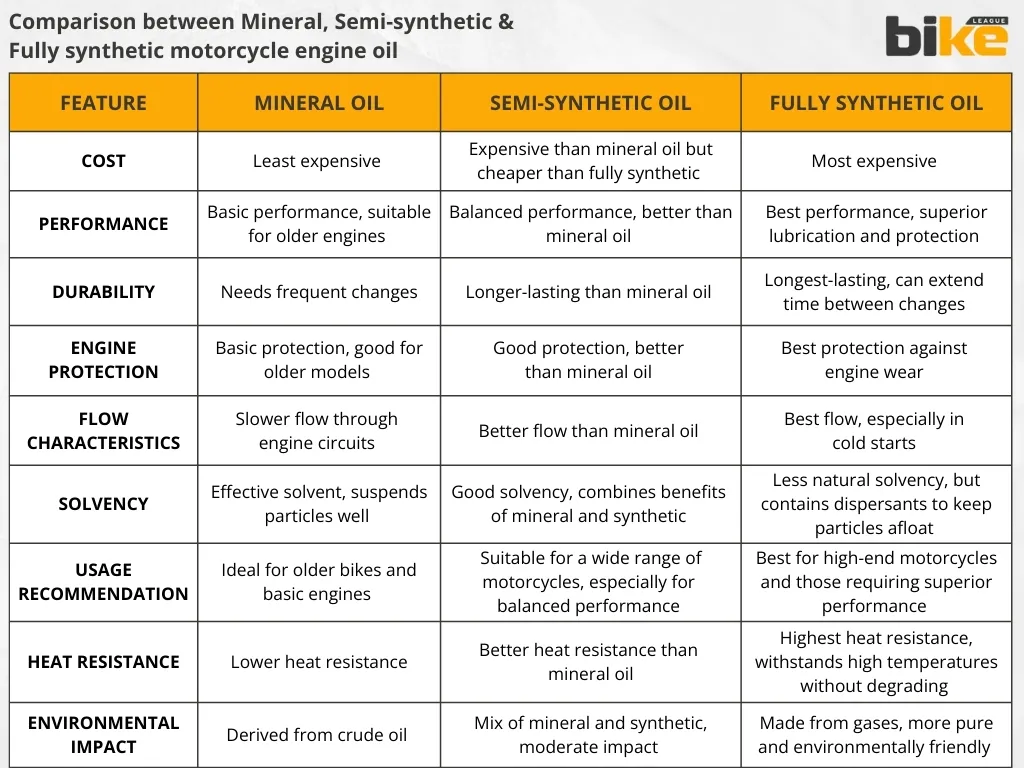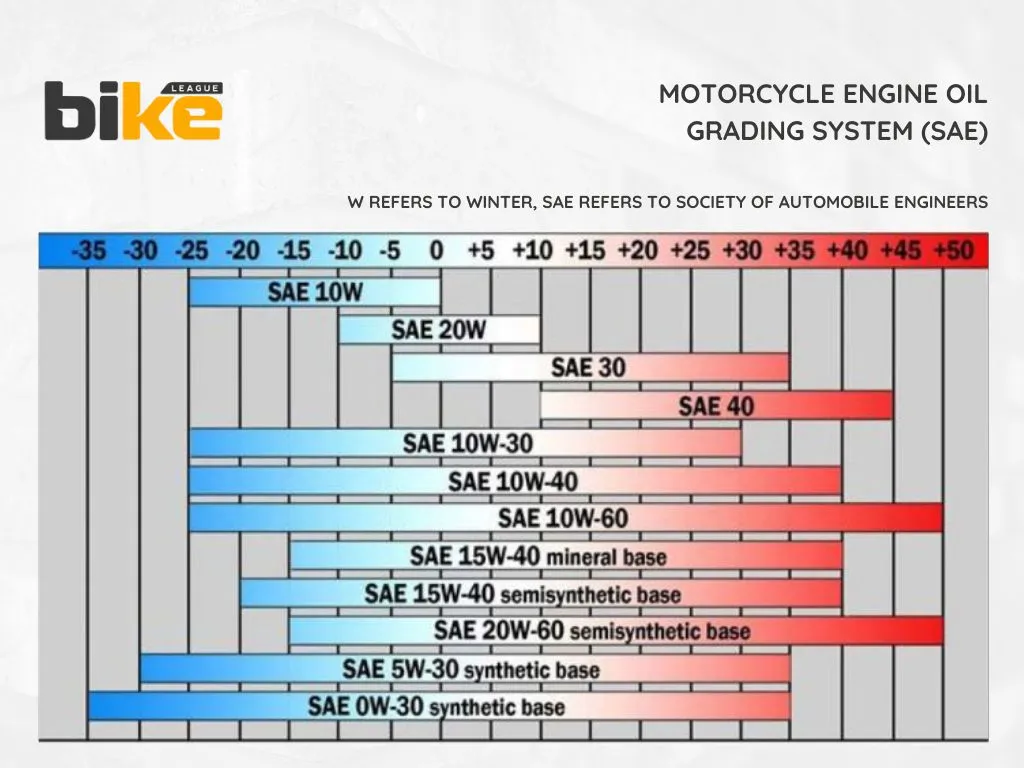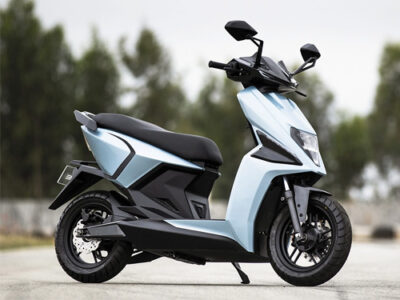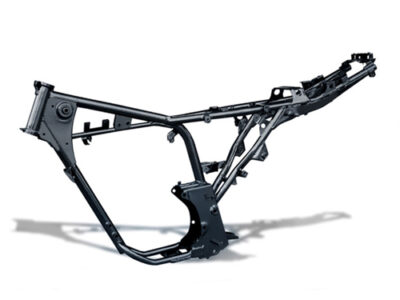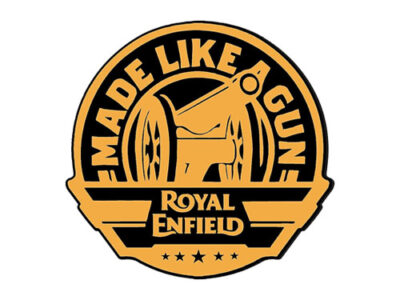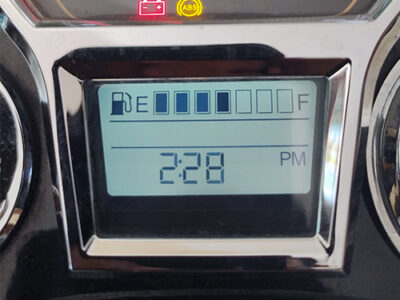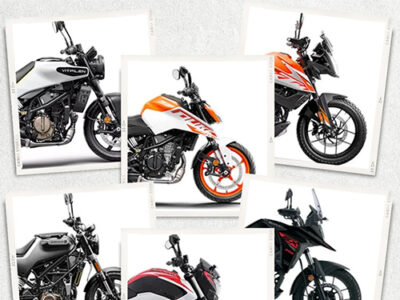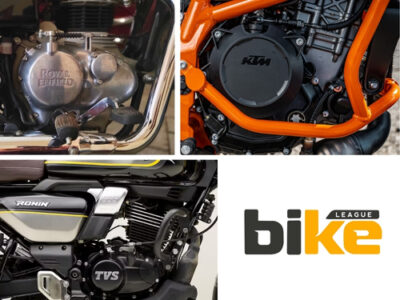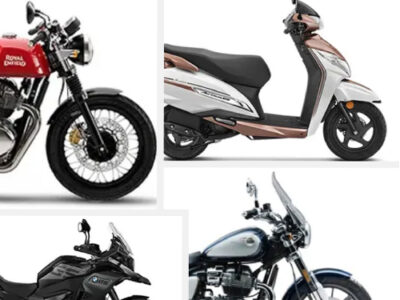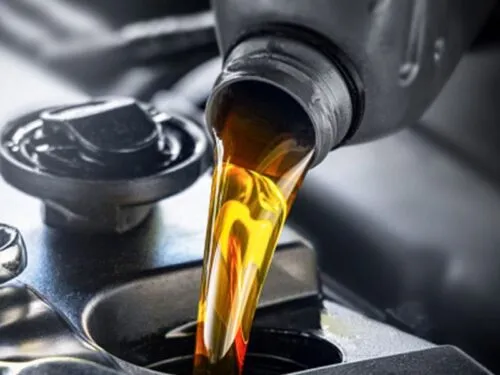
Long story short: Motorcycle engine oil change is mandatory every six months, irrespective of kilometres.
Engine oil is like blood for humans. It is so vital that without it, both cannot live. Engine oil performs various critical functions that are mandatory for a long life. In India, as bike owners, we need more knowledge about the types of engine oil, engine oil grade, Oil change frequency, etc.
Yes, we rely entirely upon motorcycle technicians to get the job done. However, we should not unquestioningly accept the words of a single person and at least have basic knowledge. In this article, we are here to share some ideas and tips related to bike engine oil in the most straightforward manner.
How motorcycle engine oil works
Motorcycle engine oil minimizes friction and wear between the engine components. Engine oil forms a film on metal surfaces to reduce friction. Reduced friction prevents heating and abrasion on the friction surface, such as engine bearings.
Types of motorcycle engine oil
There are mainly three types of bike engine oil, and they are
- Mineral Oils (MO)
- Semi-Synthetic Oils (SS)
- Fully Synthetic Oil (FS)
Now, let’s explore each types of bike engine oil in depth.
1. Mineral Oil (MO)
Mineral oils are a product or by-product of petroleum processing. They are the cheapest and are used for small displacement engines. Small displacement engines are never meant for high revving and do not exert too much stress on the machine. Brand-new engines or motorcycles use mineral oil as it provides good protection. However, the downside is that mineral engine oil requires frequent changes and does not last long.
Pros of mineral oil
- Low cost compared to synthetic oils.
- Ideal for commuter bikes and older motorcycles.
- Provides adequate protection and lubrication for engines running at low mechanical outputs.
Cons of mineral oil
- Lower resistance to oxidation and heat leads to increased fuel consumption and reduced engine performance.
- Needs to be changed more frequently than synthetic oils.
- It is not suitable for high-performance bikes or in extreme conditions.
2. Semi-Synthetic Oil (SS)
As the name suggests, semi-synthetic oil provides the best of both worlds: a high level of protection from mineral oils and high-performance aspects from synthetic oils. This bike engine oil is recommended for 150-300cc motorcycles and will cost more than mineral oil. If the engine capacity is below 150cc, then opt for mineral oil.
Pros of semi-synthetic oil
- Provides better oxidation resistance and improved low-temperature properties compared to mineral oil.
- Offers added protection against oxidation and is suitable for various motorcycle engines.
- More economical than fully synthetic oils while still offering good protection.
Cons of semi-synthetic oil
- It may not offer the same level of performance and protection as fully synthetic oils.
- The level of synthetic oil in the blend can vary, affecting performance.
3. Fully Synthetic Oil
Fully synthetic engine oil is the most expensive oil among other types of bike engine oil. While mineral oil is derived from natural products, synthetic engine oil is constructed from pure polymers. Synthetic oil is recommended for high-performance motorcycles like off-roaders, superbikes, and racing machines. The main advantage of synthetic oil over mineral oil is that it does not degrade fast and lasts longer. Another USP is the high lubricating performance it provides.
Pros of Fully Synthetic Oil
- Excellent heat resistance properties and high level of lubrication.
- Provides superior performance, low viscosity, and high tolerance to temperature extremes.
- Reduces engine drag, prevents sludge buildup, and extends the time between oil changes.
Cons of Fully Synthetic Oil
- More expensive than mineral and semi-synthetic oils.
- Overkill for motorcycles that do not require high-performance oil.
Key Considerations for Choosing Bike Engine Oil
1. Manufacturer Recommendations
Refer to your motorcycle’s owner’s manual for the manufacturer-recommended oil grade and type. Using the specified oil ensures optimal engine performance and longevity.
2. Riding Conditions
Your choice of engine oil should also consider the riding conditioSyntheticetic; due to their superior thermal stability and flow characteristics, oils are better suited for extreme temperatures, both hot and tics.
3. Oil Change Intervals
Regular oil changes are essential for maintaining engine health. Most motorcycles require an oil change every 5,000 kilometres, but fully synthetic oils can extend this interval to 7,000-10,000 kilometres. Continuously monitor the viol’s visual condition and replace it when it turns black, indicating it has degraded.
Best bike engine oil brands
Here, we are not recommending individual engine oil because engine oil type varies among models, but instead, we are suggesting some of the best brands, and they are
How to read motorcycle engine oil grade?
The name SAE number also refers to the engine oil grade code. SAE refers to the Society of Automotive Engineers. The letter W refers to ‘Winter’ in the code. The first number relates to how oil flows when cold, such as at an engine start-up. The second number is defined by how oil flows at higher temperatures than standard engine operating temperatures.
Thin, low-viscosity oils flow easier to protect engine parts at cold temperatures. Thick, high-viscosity oils are typically better at maintaining film strength to protect engines at high temperatures. For example, a 5W-20 will flow more effortlessly than a 10W-20 at start-up temperatures, and a 10W-40 will flow more effortlessly than a 10W-50 at regular engine operating temperatures.
The chart below recommends engine oil with the outside temperatures.
Does motorcycle engine oil expire?
Yes, motorcycle engine oil does expire, but it’s not like food, where it goes bad overnight. The expiration date on the oil container does not necessarily indicate when the oil is no longer usable. Here’s what you need to know about motorcycle engine oil expiration:
Unopened Oil
- Conventional oil: Generally has a shelf life of 2-5 years.
- Synthetic oil: Can last up to 10 years when stored unopened in a cool, dry place.
Opened Oil
- Once the container is opened, the oil degrades due to exposure to air and moisture.
- It’s recommended to use opened oil within 1-2 years.
How to change motorcycle engine oil?
Bike engine oil must be changed as recommended in the owner’s manual. A step-by-step process is mentioned in all service manuals and can be done at home. Make sure you have the right tools to complete the procedure. The bike must be in the centre stand while changing the oil. If the centre stand is not available, use the paddock stand.
The general steps for a bike engine oil change are as follows:
- Keep all tools ready as mentioned in the manual
- Drain used oil in the oil pan
- Replace with new oil filter if needed
- Pour in the new engine oil using the funnel.
- Check all nuts and screws for tightness. Be careful not to overtighten it, as it might lose the thread.
FAQ related to bike engine oil
1. What are the functions of bike engine oil?
Engine oil functions to minimize friction, reduce wear, clean the engine, improve engine parts, form a seal, dampen shock, and prevent corrosion.
2. What is an engine oil grade?
Engine oil grade is a set of specifications or codes associated with engine oil. It mainly describes which engine oil is used according to external environmental conditions. More technically, engine oil grade refers to the viscosity or resistance to flow. The lower the number, the better it will flow.
3. When to change motorcycle engine oil?
Engine oil must be changed every 2500-3000 or every six months, depending upon the type of engine oil. Synthetic and semi-synthetic oils last longer, so ask a bike technician or shop owner for the same. In the case of mineral oil, oil replacement is recommended every 2000-3000. Anyway, an oil change is mandatory after every six months, irrespective of any other aspects.
4. What happens when the engine oil change is late?
A delay in engine oil change results in performance loss and a drop in fuel efficiency. Overall, it affects the life of the engine and the vehicle.
5. How to check for bike oil replacement?
Check for the oil colour by loosening the engine oil bolt and dropping oil in an oil pan. This method varies among models, and there are other ways for some models. If the colour is dark, it is time for an oil replacement. Brand-new engine oil is always clear and almost transparent.
6. Is it mandatory to change the oil filter while changing the oil?
Yes, when you change the engine oil, you should also consider changing the oil filter. An oil filter protects the engine from potential damage by removing contaminants that can accumulate in the motor oil. Like the engine oil, your bike’s oil filter gets clogged or damaged after a specific time. Change the engine oil filter once a year or after every two general services. Check for the same in the owner’s manual.
7. What is bike engine flush?
An engine flush is an aftermarket chemical additive that cleans accumulated engine sludge and deposits.
8. How to flush the motorcycle engine or engine oil?
Add the engine oil flush to the crankcase before the regular oil change. Oil flush cleans the interior parts from sludge and grease deposits, leaving them fresh for new lubrication.
9. What is the recommended engine oil quantity for the motorcycle?
For that, check the owner’s manual. Oil quantity should not be high or low; service manual rules should be strictly followed. As the owner’s manual mentioned, the oil quantity should be higher when changing the filter. The last point is critical to note.
10. Should the bike engine be warm while changing the oil?
Yes. The engine oil is thicker and colder during the early morning hours. So, for oil to get loose, drive the motorcycle or warm the engine for some time.
11. Does motorcycle engine oil burn?
Yes. Suppose an issue exists within the engine components, like piston rings. In that case, oil deposits can accumulate on the engine spark plugs or the bottom of the valves. That means the oil enters the combustion chamber and burns away.
12. How to fix an oil leak in a motorcycle?
A motorcycle engine oil leak is not a DIY task and should be handled by a technician. If an engine oil leak is present, turn off the motorcycle immediately and tell the technician about it. Coordinate the rest of the steps with the technician, and nowadays, several companies offer roadside assistance, like Royal Enfield, which is a great initiative.
Other related articles from Bikeleague India
- Second hand motorcycle – Things to know when buying It
- Motorcycle service – All things you need to know explained
- The Ultimate Guide to Motorcycle Suspension: Everything You Need to Know
- Different types of bike clutch explained
- Suzuki Katana
Conclusion
In this article, we have discussed almost all topics related to bike engine oil and their types. If you have any other questions or queries, email us at bikeleague2017@gmail.com. You can also share your doubts or opinions in the comments section below. We are always eager to help and assist you. Also, here are several social media platforms of Bikeleague India to raise your suspicions.

